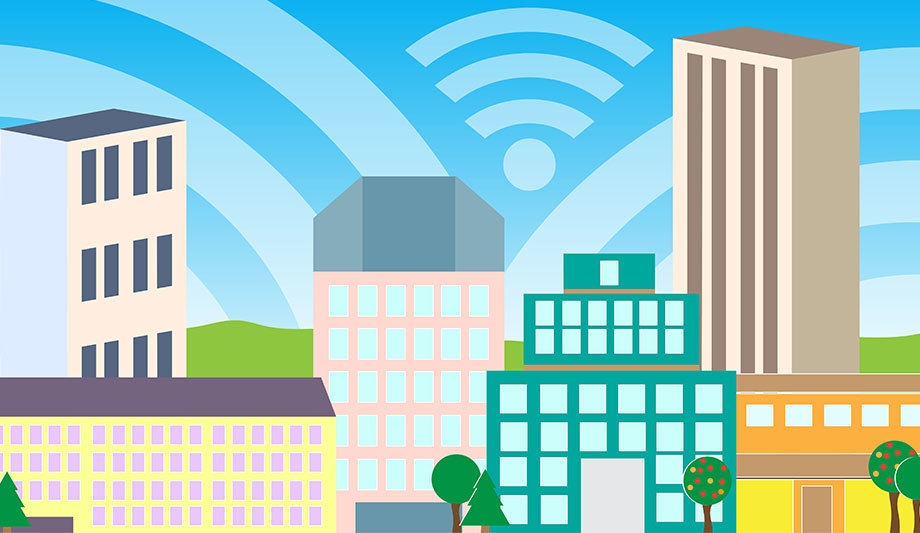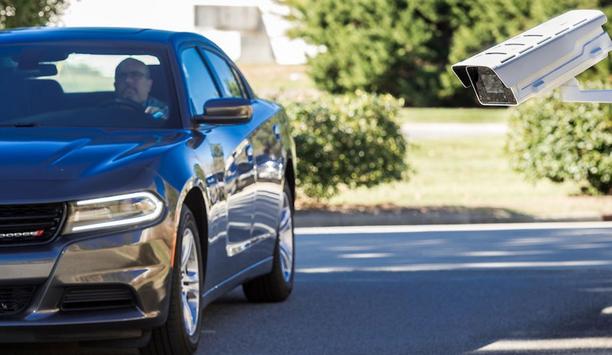In 2017 we saw a lot of new construction projects, and many existing buildings upgraded their security systems to include high-resolution cameras and better-quality recording systems. Because the economy is stronger, many businesses and municipalities increased their security budgets for large-scale and public projects due to terrorism threats in public places.
Smart cities became more popular
One of the bigger trends we saw in 2017 is the growing popularity of smart cities and the adoption of public safety systems in both North American and Europe. This includes many cities creating wireless network infrastructure for public WiFi connectivity and for their surveillance network. Oftentimes smart cities develop because of an initial safe city initiative and then cities start to leverage the same infrastructure for more applications.
Impact of terrorism
Unfortunately, we saw a growth in terrorism attacks in 2017 in Europe and the United States. This has had a significant impact on security in public spaces where large groups of people congregate for entertainment, shopping and sporting events, all of which are now potential targets. We started to see cities install bollards on streets to prevent trucks from driving up on people on sidewalks and video surveillance systems so that police can monitor public spaces in real time.
An example was the SuperBowl LIVE venue in Houston, which held several large outdoor events. To help monitor these events the city deployed a mmWave wireless network system for the surveillance cameras which were installed to monitor this area.
Cybersecurity a growing concern
In addition to terrorism threats, cybersecurity has become a growing concern and focus. More and more manufacturers, including Siklu, have begun to develop secure systems that are extremely difficult for hackers to gain access to because an encrypted network is no longer enough. The devices on the network also have to be secure.
 |
| There is a growing shift towards younger generations wanting to live in the city where they have access to public transportation, restaurants and entertainment |
Looking ahead to 2018, the security market should expect to see continued growth in the use of video analytics for proactive surveillance purposes and more technology that leverages the intelligence of this data. Also, there is a growing shift towards younger generations wanting to live in the city where they have access to public transportation, restaurants and entertainment. They also expect to live in a safer environment and this is where the smart city approach comes into play with the introduction of WiFi in parks and public spaces, along with surveillance systems. These two solutions and services can now sit on the same network, thanks to better connectivity options and interference free solutions, such as mmWave wireless radios.
Embracing new technology
Next year the winners will be those who embrace new technology and do not solely focus on security. It’s important to embrace other IoT devices and recognise that video as a service is growing in demand. Cloud-based solutions are also growing for both video storage and monitoring management systems. The losers will be those who are not willing to embrace new technology, those who offer poor service and those who don’t expand their business to include professional services.
Siklu success
Siklu’s security business has doubled year over year, and there are now more than 100 cities globally with a Siklu radio deployed. This is because there is an increasing acceptance of our mmWave wireless technology and people are starting to recognise the benefits our systems provide when compared with installing new fiber or a traditional WiFi system.
We recently introduced a new point-to-multipoint solution called MultiHaul™, which utilises immune narrow beams within a point-to-multipoint network topology and enables interference free connectivity and complete security. The solution’s 90-degree scanning antenna auto-aligns multiple terminal units from a single base unit, serving multiple locations while reducing installation times to minutes instead of hours by a single person and the total cost of ownership for end users.








